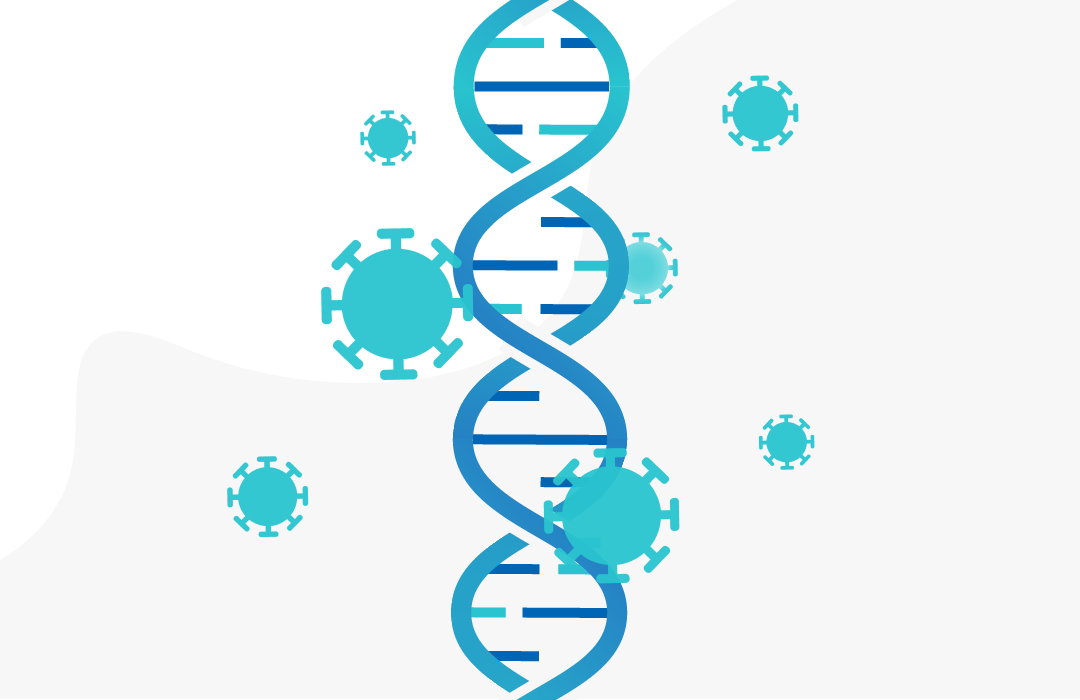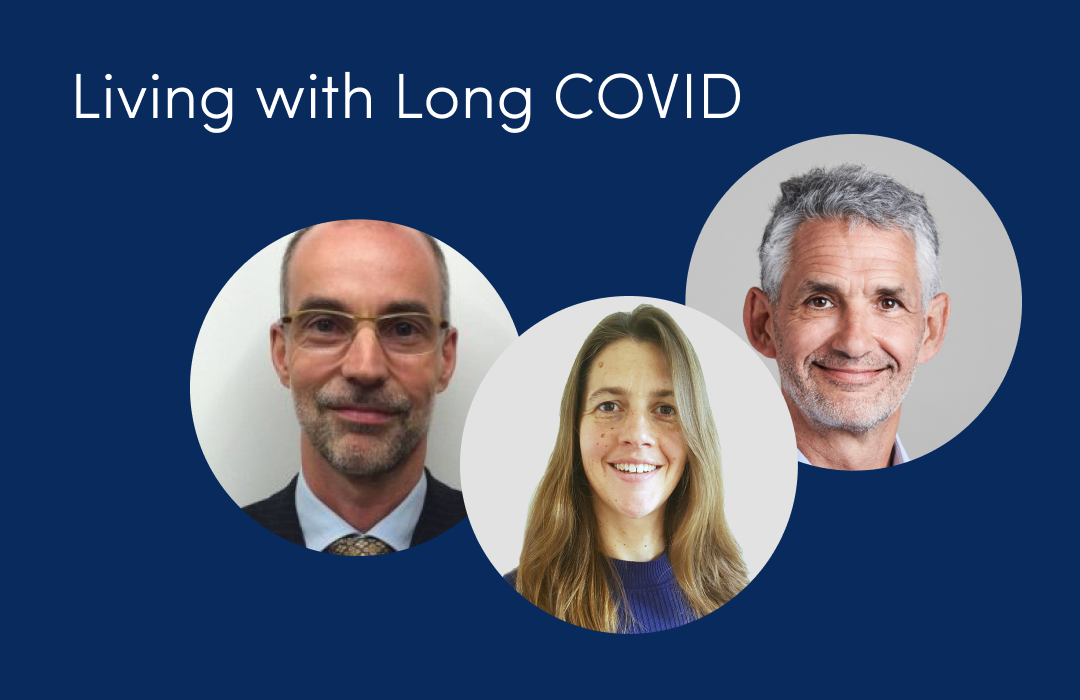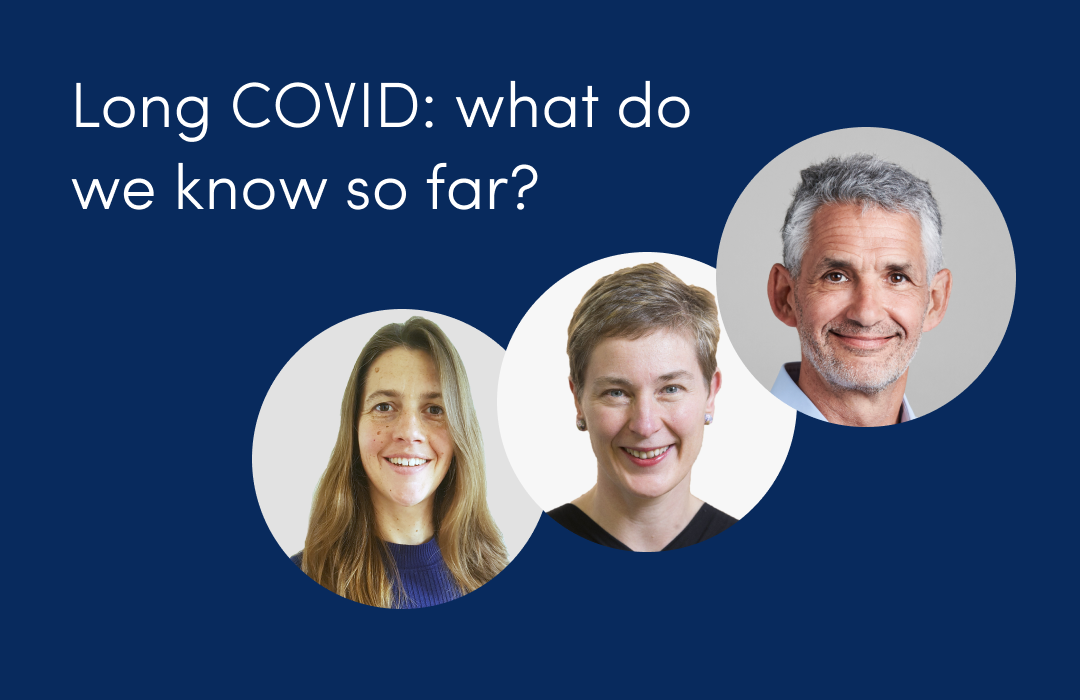
Long read: How have COVID-19 vaccines been developed so fast?
December 18, 2020

This article has not been updated recently
"People keep telling me it takes ten years to develop a vaccine - how can they do it safely in ten months?"
We’re used to the idea that scientific research takes a long time, with new vaccines taking years or even decades to get from the lab to the clinic.
Thanks to the global health emergency created by the pandemic, more than 50 COVID-19 vaccines have gone into clinical trials around the world in less than a year. You can check out the full list and progress using the LSHTM vaccine tracker.
Several have announced results from large-scale (phase 3) clinical trials: mRNA-based vaccines from Pfizer/BioNTech and Moderna, and a virus-based vaccine developed by the University of Oxford in partnership with AstraZeneca. The Russian Sputnik V vaccine also reported positive phase 3 results.
Here in the UK we’ve already seen the first people receiving the Pfizer/BioNTech vaccine on the NHS, with others likely to follow soon.
Given the pace of development and testing, it’s not surprising that some people might worry that safety has been sacrificed for speed.
We spoke with Dr John Tregoning, an expert in infectious diseases and vaccines from Imperial College London, to find out how so much time has been saved along the way to creating vaccines for COVID-19.
These vaccines are built on tried-and-tested technology
“These vaccines haven’t come out of nowhere,” John says. “We’re just seeing the end product of a long programme of research.”
At the heart of this approach is the idea of ‘plug and play’ vaccine technology: safe, effective vaccine delivery systems that can be quickly adapted and rolled out for new diseases.
For example, the virus-based vaccine developed by AstraZeneca and the University of Oxford has been in development and testing for 15 years, including against other related coronaviruses that cause SARS and MERS.
mRNA-based vaccines - such as the vaccines from Pfizer/BioNTech and Moderna - have also been in development and testing for many years, including successful clinical trials in humans.
Other approaches coming down the pipeline, including vaccines based on inactivated coronavirus, DNA or protein molecules are also long-standing technologies.
We knew about the virus early on
An important factor in getting vaccine development underway quickly was the fact that the genetic code of SARS-CoV-2, the coronavirus behind COVID-19, was available by early January.
“This meant that the research teams could get straight to work designing their vaccines, by putting this new genetic code into their existing vaccine platforms,” John says.
“It’s also not as difficult to develop an effective vaccine against SARS-CoV-2 compared with trickier viruses like HIV. And we already knew that the spike protein on the coronavirus was a good target for the vaccine, thanks to work on previous similar viruses.”
Additionally, a lot of the technologies that underpin modern vaccine development - such as being able to make the molecular components of vaccines and manufacture them quickly at scale - are now very fast compared with the past.
Lots of money and many hands
Vaccines are usually an underfunded area of medical research and it can take a long time and many rounds of funding applications to move projects forward. By contrast, billions of pounds were committed to global COVID-19 vaccine research in a matter of months.
In turn, this has paid for an unprecedented research effort in academic and commercial labs around the world, at a scale that has never been seen before for a single disease. A small army of researchers have worked around the clock carrying out development and extensive safety testing in the lab.
“Everyone has been working absolutely flat out on this, doing crazy hours at evenings and weekends to make it happen, not just researchers but also the regulators and everyone else involved,” John says.
“We’ve also seen clinical trials and research staff moved onto the vaccine from other projects - it’s been a huge team effort all over the world.”
The front-runners in the vaccine race have had luck on their side, too. Professor Sarah Gilbert, who is leading the AstraZeneca/Oxford vaccine project has described how she and her team had just one shot to get a candidate vaccine to take forward.
Regulatory approval for each step of the process, from clinical trials to final approval, has also been far quicker and more efficient than normal, without sacrificing scrutiny.
“It’s an established process that has just run a lot quicker than normal, taking days or weeks rather than months,” John explains.
“The regulators have been collecting and analysing data as the trials are going on, instead of waiting for everything to be collected together at the end, and have prioritised COVID-19 work over everything else.”
As Professor Peter Openshaw from Imperial College London said in our recent webinar, “In this case, there’s been so much money poured into the process that it’s like the milk float has a police escort and all the traffic lights are on green. It doesn’t mean to say that the route that has been taken is any different. All the normal safety checks are in place.”
Rapid recruitment into clinical trials
Once a vaccine has been developed and tested in the lab it can take many months or even years to recruit enough participants for clinical trials.
The quest for an effective, safe COVID-19 vaccine has mobilised tens of thousands of willing volunteers for clinical trials all over the world, who all want to do their bit to bring the pandemic to an end.
It’s also vital to have enough people with the disease in the population to do the statistical calculations needed to be sure that a vaccine is working. For example, by the time that a vaccine for Ebola was ready for clinical trials in the 2014 West Africa outbreak, the levels of the disease in the population were too low to show that it could prevent infection so the trials had to be paused.
“In the case of COVID-19, several trials were run in countries where there were very high numbers of cases, such as the US and Brazil, as well as the UK and Europe, so the trial teams could quickly reach the numbers needed to prove that their vaccines were effective. And in doing so roll out the vaccine quicker and save more lives in the long run.”
Betting on success
Under normal circumstances, pharmaceutical companies will wait for each phase of research to be completed before setting up for the next one. For example, they will wait for the results of small scale clinical trials before scaling up vaccine manufacture for larger studies.
Because of the urgency of the situation, many companies made the decision to start scaling up vaccine manufacture ahead of time, so there would be enough doses for larger trials.
“Many companies have invested in making vaccines ahead of time on the assumption that the results will be positive,” John explains. “It’s been a big risk, but it’s meant that as soon as there are positive results, they’ve had hundreds of thousands of doses ready to go on to the next stage.”
The UK Government’s Vaccine Taskforce also moved swiftly and decisively to pre-order millions of doses of the most promising vaccines earlier in the year, so that they can be rolled out nationally as soon as they are approved.
Looking ahead
More than 1.5 million people worldwide have died with COVID-19 since the start of the pandemic, with many more left suffering from debilitating long term health effects.
It’s reassuring to know that we are looking towards 2021 with not just one but multiple vaccine options coming through to help protect people around the globe.
There are still things we need to know about these new vaccines, such as whether there are any long term side effects and how long immunity lasts. But the results from clinical trials so far - together with previous clinical trials of the same types of vaccines - suggest that the they are very safe, with only mild short term side effects such as a sore arm, tiredness or headaches.
“It’s understandable that the speed of the process might make people hesitant but it’s important to explain that everything has been done correctly and show where huge amounts of time have been saved,” John says.
“The story of COVID-19 vaccines shows us that if you invest all your time and resources into one thing you can get amazing results, and this is an incredible achievement by the global scientific community that we should celebrate.”
The ZOE COVID Symptom Study will be playing an important role in monitoring the side effects and impact of the UK vaccination programme by asking users to log whether they have had a COVID-19 vaccine and if they are experiencing any side effects. Find out more about our vaccine monitoring programme on our blog.












.png)


.jpg)














.png)







%202.png)
.png)


















.png)






